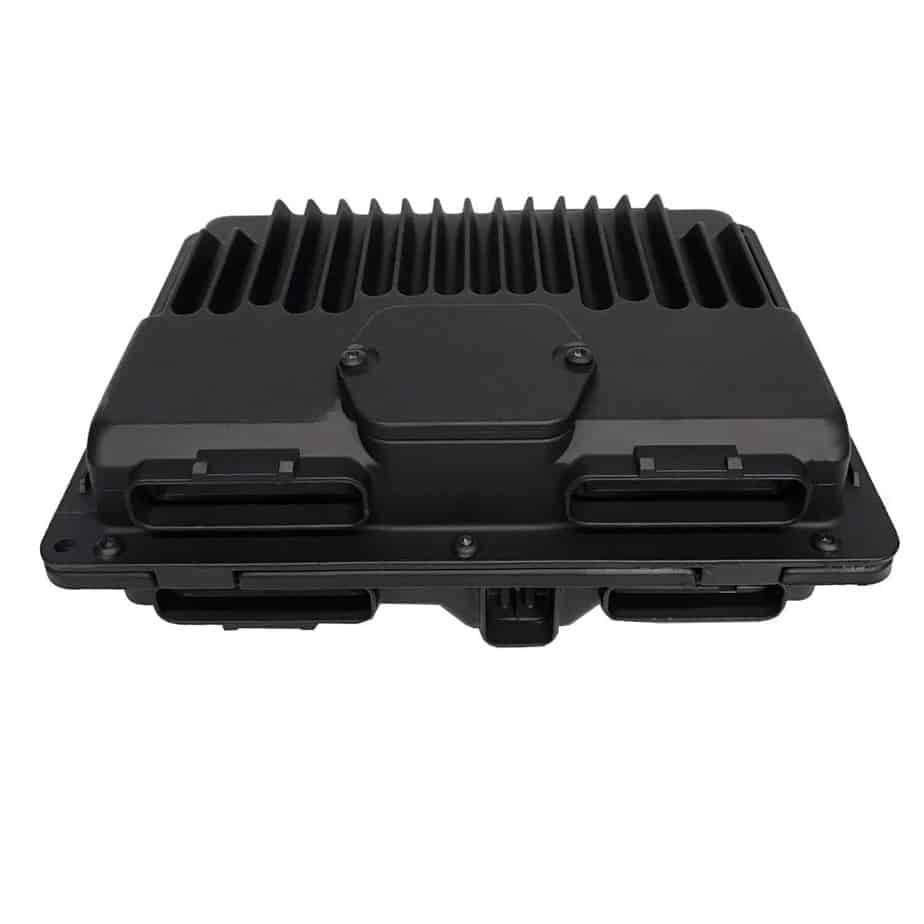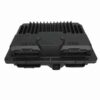Restore Peak Performance to Your GM Truck or Van
Is your 1998-1999 Chevrolet 3500 Pickup running rough, shifting erratically, or showing a persistent check engine light? These are classic signs of a failing Powertrain Control Module (PCM), the central computer of your vehicle. A faulty PCM can cripple your truck’s performance, fuel economy, and reliability. This replacement PCM, part number 16250279, is the definitive solution to get your workhorse back on the road and running like it should.
The PCM is responsible for managing a complex network of sensors and systems, including fuel injection, ignition timing, transmission shifting, and emissions controls. When it begins to fail, the symptoms can be widespread and often confusing. Don’t let a bad module keep you from getting the job done. We make the replacement process simple by pre-programming this unit specifically for your vehicle using the VIN you provide, ensuring a seamless, plug-and-play installation.
From the Diagnostic Bay
We had a 1999 GMC Suburban come into the shop with a complaint of a harsh 1-2 shift and a random engine stall at idle. The owner had already replaced the throttle position sensor and the mass airflow sensor, but the problem persisted. After hooking up our scanner, we noticed erratic data coming from multiple sensors, but none were consistently faulty. This pointed us directly to the PCM. The internal processors were failing, corrupting the signals. We installed a VIN-programmed PCM, and the truck immediately ran and shifted perfectly. It’s a reminder that when multiple, unrelated electronic issues pop up, the brain of the operation is often the culprit.
Symptoms of a Failing Powertrain Control Module
- ✔ Persistent Check Engine Light (CEL) with various trouble codes.
- ✔ Rough or inconsistent engine idle.
- ✔ Poor acceleration and overall loss of power.
- ✔ Decreased fuel economy for no apparent reason.
- ✔ Harsh or erratic automatic transmission shifting.
- ✔ Engine stalling or refusing to start.
- ✔ Failure to pass emissions testing.
Why Choose Our 1998-1999 Chevrolet 3500 PCM?
This isn’t just a replacement part; it’s a complete solution. Each module is meticulously inspected and then programmed with the latest GM-certified software updates for your specific vehicle. This process, which we handle before shipping, corrects many of the original factory software issues and optimizes performance and longevity. By providing us with your Vehicle Identification Number (VIN) during checkout, you receive a unit that is ready for installation right out of the box, with no need for an expensive trip to the dealership for programming.
This module is a direct replacement for part numbers 16250279, 09366810, and 09355699. It fits a wide range of GM vehicles from the era, including the Chevrolet and GMC full-size trucks, vans, and SUVs like the Tahoe, Yukon, and Suburban. Please verify the part number on your original module and consult the detailed fitment list to ensure compatibility.
Frequently Asked Questions
Do I need to get this PCM programmed?
No. We handle all the programming for you before we ship the part. Simply provide your vehicle’s VIN at checkout, and the module will arrive ready to install.
Where is the PCM located on my 1999 Chevy 3500?
On most 1998-1999 GM full-size trucks, the PCM is located in the engine compartment on the driver’s side, near the fender or firewall. It’s a silver metal box with multiple large wiring harness connectors.
Will this fix my check engine light?
If the check engine light is caused by a faulty PCM, then yes, this part will resolve the issue. However, it’s always recommended to have your vehicle scanned for trouble codes to confirm the diagnosis before ordering.
What is the difference between a PCM, ECM, and ECU?
ECM (Engine Control Module) and ECU (Engine Control Unit) are often used interchangeably. A PCM (Powertrain Control Module) is a more advanced type of ECU that controls both the engine and the transmission functions in one unit, which is standard on these vehicles.
Is any special relearn procedure required after installation?
In some cases, a security relearn procedure (often called a Passlock or VATS relearn) may be necessary. This is a simple procedure that typically involves cycling the ignition key and can be done without any special tools. Instructions are readily available online for your specific model.


